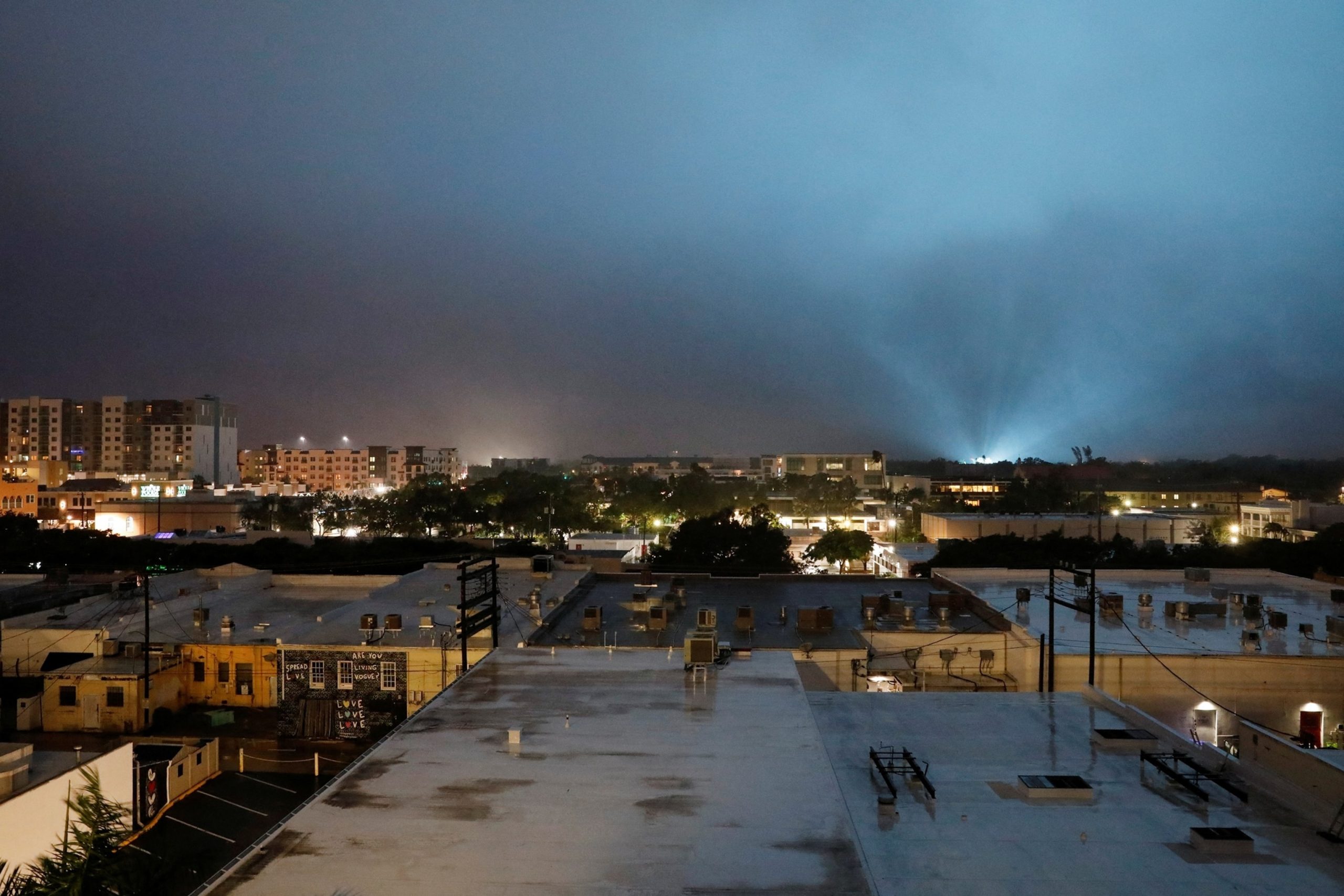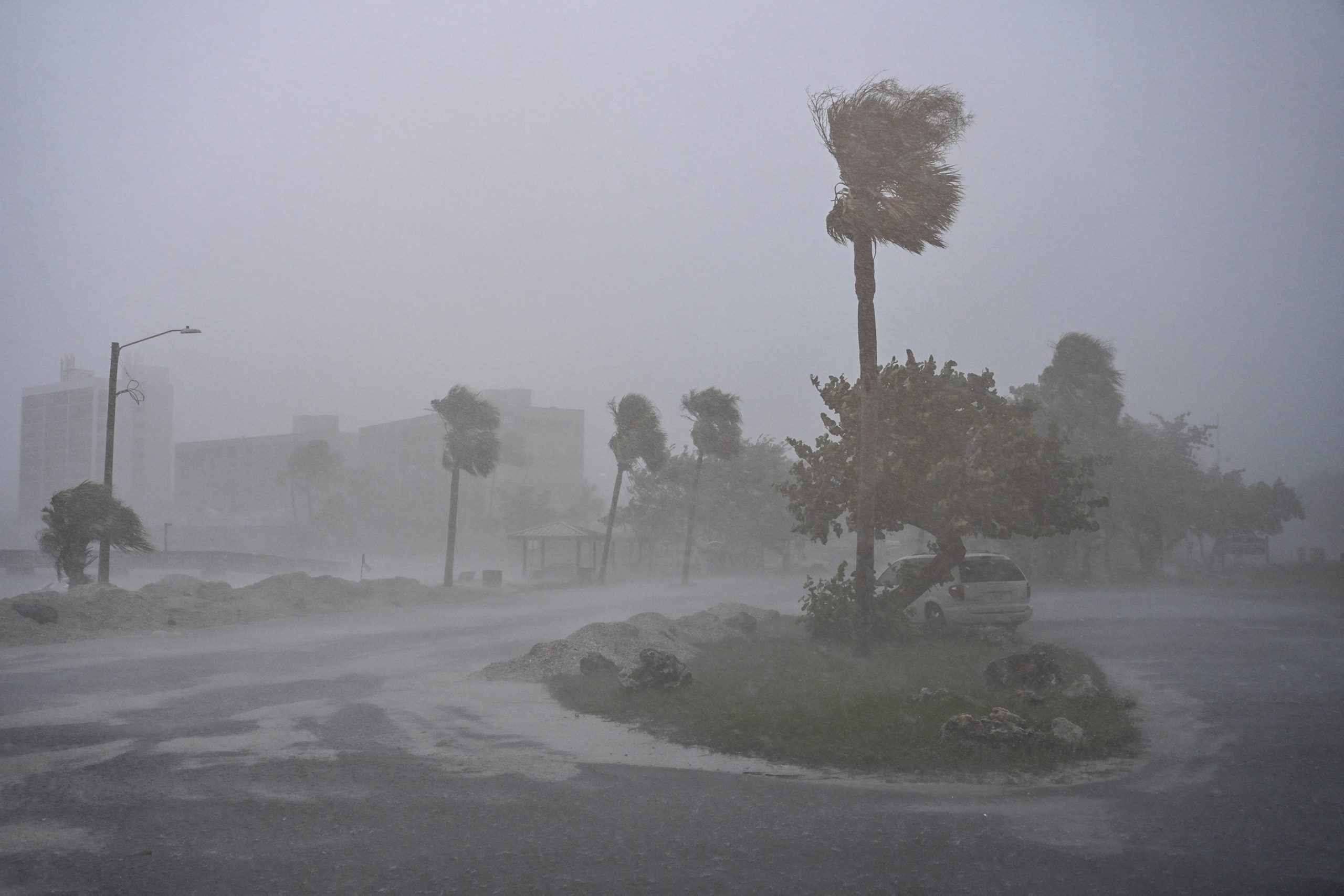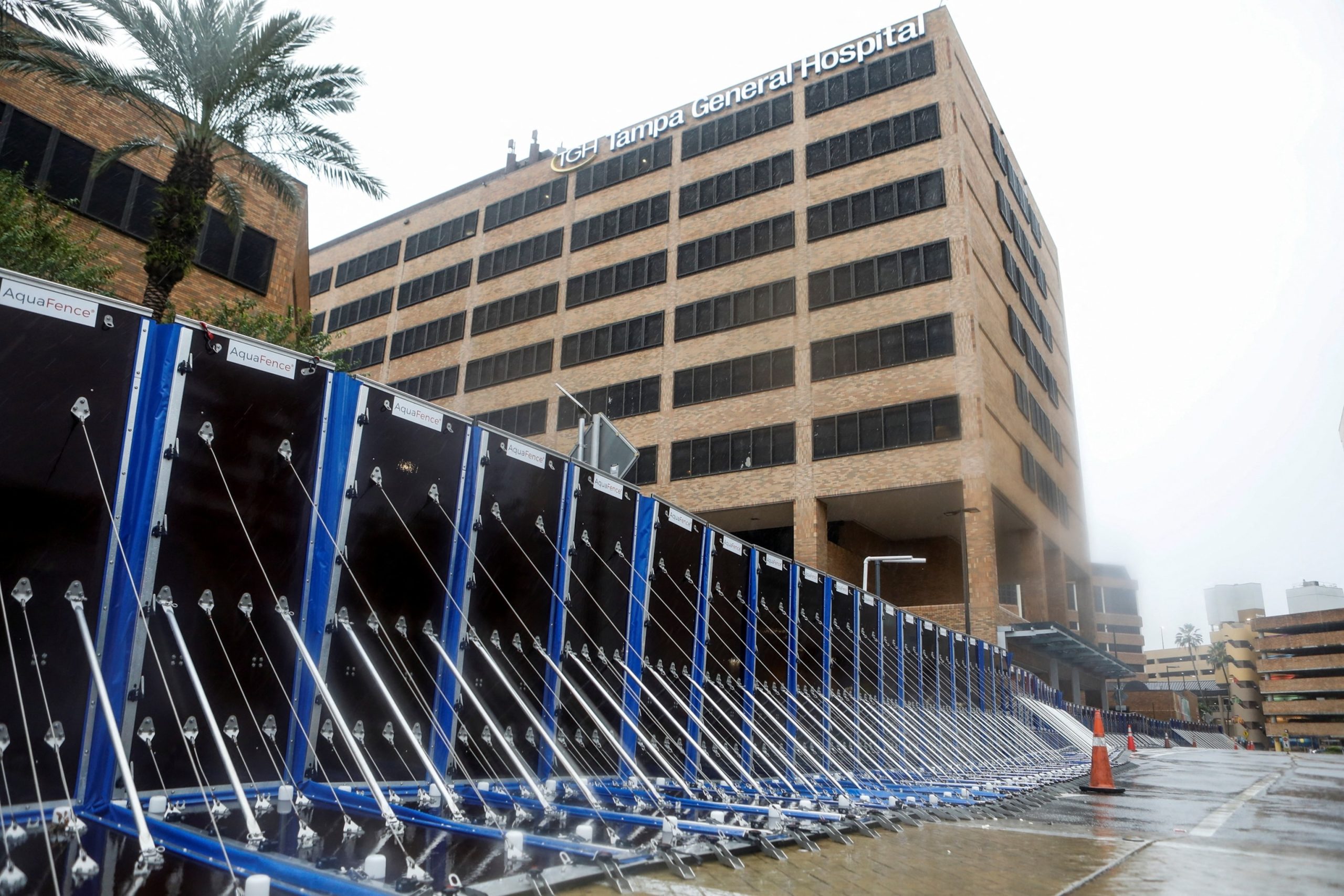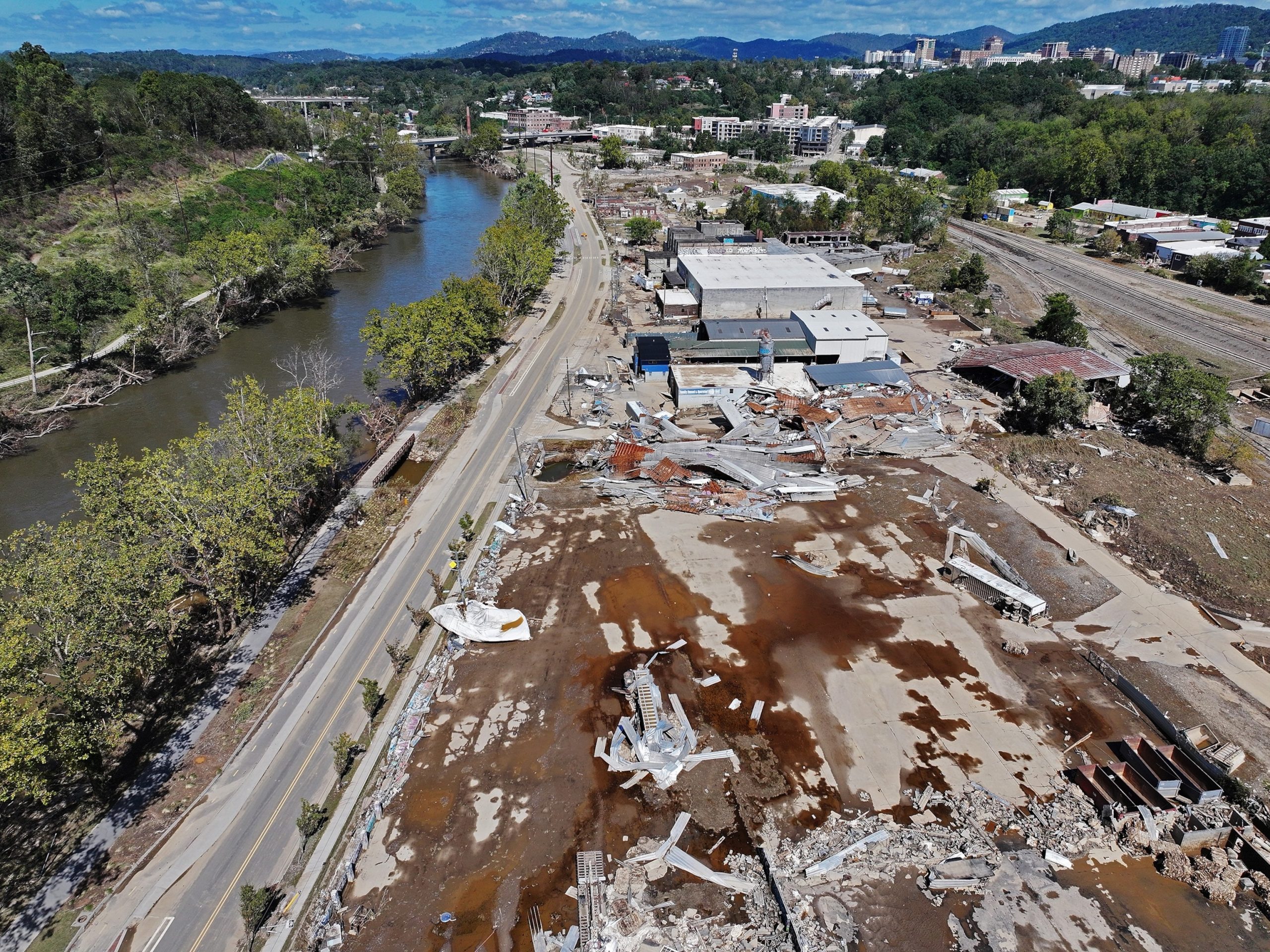Florida authorities began assessing the damage left by Hurricane Milton’s passage across the state early Thursday, as the storm passed into the Atlantic Ocean after a night of high winds, torrential rain and storm surge.
Milton made landfall on Florida’s Gulf Coast late Wednesday as a Category 3 hurricane. It came ashore with winds of 100 mph and spawned dozens of tornadoes. As of early Thursday, more than 3 million Florida energy customers were without power, according to the PowerOutage.us website.
The tornadoes on Florida’s Gulf Coast proved deadly. “We have lost some life,” St. Lucie County Sheriff Keith Pearson told West Palm Beach ABC News affiliate WPBF News. Pearson did not say how many were killed.
About 125 homes were destroyed before the hurricane came ashore, many of them mobile homes in communities for senior citizens, said Kevin Guthrie, the director of the Florida Division of Emergency Management.
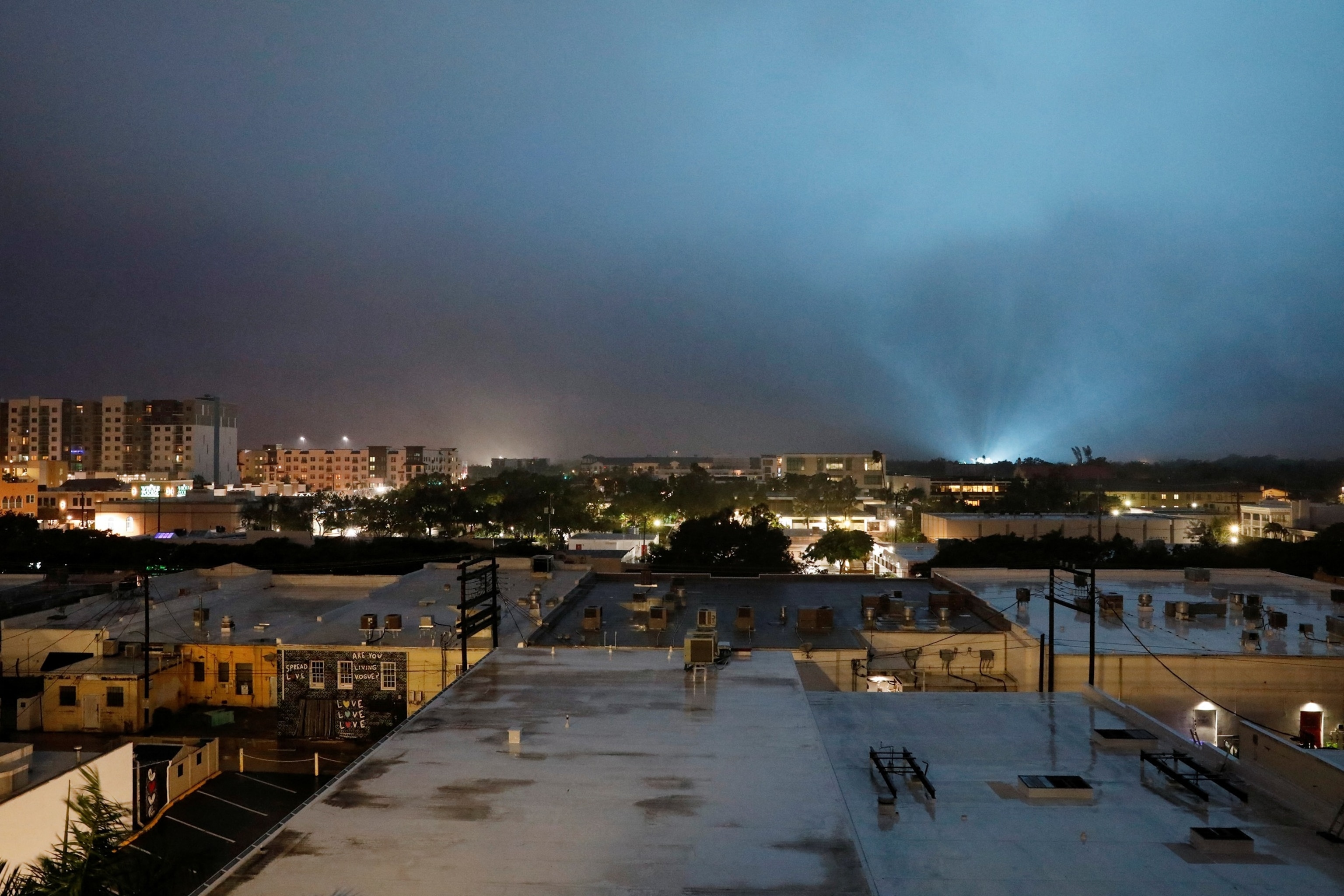
The sky lights up as an electric installation is damaged, while Hurricane Milton approaches Sarasota, Fla., Oct. 9, 2024.
Marco Bello/Reuters
The National Hurricane Center said Thursday that the storm produced “significant flooding and damaging winds near its path.” As of 5 a.m. ET, the NHC said the worst conditions shifted to east-central and northeastern Florida.”
Dramatic photos and videos emerged overnight as Milton ripped into Florida. Winds of 90 mph whipped through downtown St. Petersburg, collapsing a crane at a building construction site there, according to city authorities. No injuries were reported, but video from the scene showed damage to nearby buildings.
Wind also tore off a portion of the roof at the Tropicana Field stadium in the city. Capt. Garth Swingle of St. Petersburg Fire Rescue told ABC News they were in contact with the people sheltering inside and that they were safe.
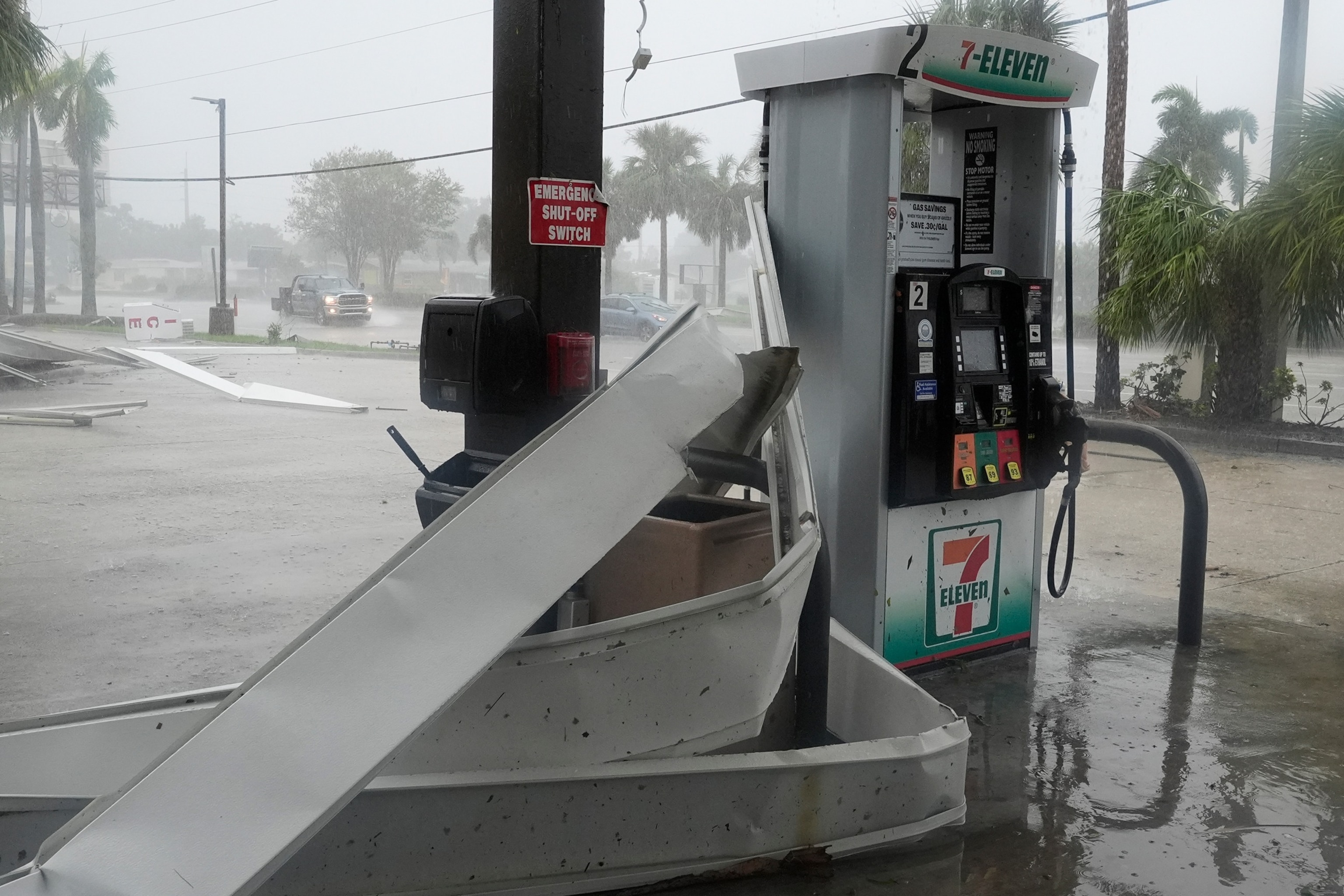
An apparent tornado caused by Hurricane Milton, tore the awning off a 7-Eleven convenient store, Oct. 9, 2024, in Cape Coral, Fla.
Marta Lavandier/AP
Milton also caused a major water main break, which impacted potable water services across the entire city. The subsequent shutdown is expected to last until necessary repairs can be completed, officials said.
To the north of Tampa, the Pasco Sheriff’s Office said authorities received more than 140 calls regarding roadway obstructions. Responders “are working to remove these hazards as quickly as possible,” the office wrote on X.
The Hillsborough County Sheriff’s Office reported significant storm damage to a 7-Eleven store northwest of Tampa, with Sheriff Chad Chronister warning of downed trees and power lines in the county. Chronister urged residents to stay indoors while responders cleared damage.
This is a developing story. Please check back for updates.
ABC News’ Victoria Arancio and Ahmad Hemingway contributed to this report.
As Hurricane Milton continues to move through the Atlantic Ocean, experts are assessing the damage left in its wake. The powerful storm made landfall in several coastal areas, causing widespread destruction and leaving many communities in need of assistance.
One of the most immediate concerns following a hurricane is the safety and well-being of those affected. Emergency response teams have been working around the clock to rescue individuals trapped in flooded areas, provide medical assistance to those injured, and distribute essential supplies such as food, water, and shelter to those in need.
In addition to the human toll, Hurricane Milton has also caused significant damage to infrastructure and property. Homes and businesses have been destroyed or severely damaged by high winds, heavy rainfall, and storm surges. Roads have been washed out, power lines have been downed, and communication networks have been disrupted, making it difficult for emergency responders to reach those in need.
The economic impact of Hurricane Milton is also a concern. The cost of rebuilding and repairing damaged infrastructure, homes, and businesses is expected to be in the billions of dollars. In addition, the disruption to local industries such as tourism, agriculture, and fishing could have long-lasting effects on the region’s economy.
As the storm moves further into the Atlantic Ocean, it is important for communities to continue to monitor weather updates and follow the guidance of local authorities. It is also crucial for residents to take precautions to ensure their safety and the safety of their loved ones.
In the aftermath of Hurricane Milton, it is important for government agencies, non-profit organizations, and volunteers to come together to provide support and assistance to those affected by the storm. By working together, we can help communities recover and rebuild stronger than before.
